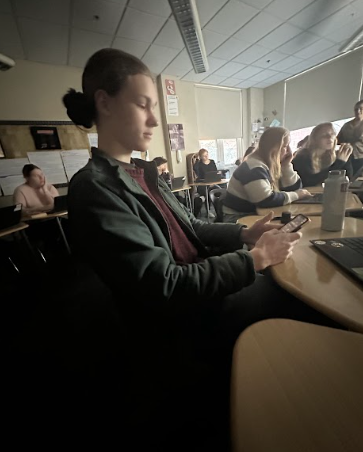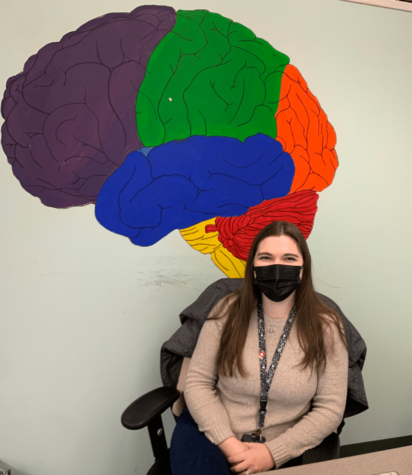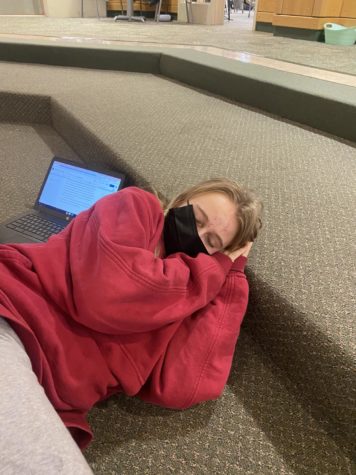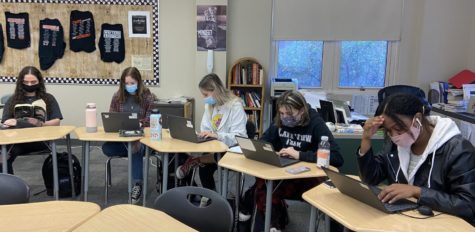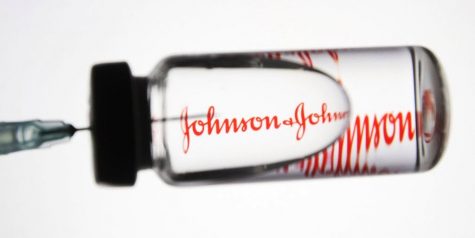A “Miroculus” Invention
December 7, 2016
Everyone has fallen victim to the horrors of cancer in some way or another. A friend, a cousin, a parent, an aunt or uncle, a grandparent, no one is free from the turmoil that comes with watching someone you love lose this vicious battle. Witnessing a loved one slowly fade away because nothing more can be done to save them is one of the hardest things to endure as a human being. In many cases cancer has a way of sneaking up on both patients and doctors. Unfortunately, in the worst cases it goes undetected until it reaches the later stages of metastasis. Metastasis is also known as Stage 3 and Stage 4, when tumors spread to nearby lymph nodes, tissues and organs, or other parts of the body. But there may be hope on the horizon for a better future in diagnosing cancer sooner and more accurately and affordably than ever before.

Miroculus, a company devoted to designing an inexpensive method of detecting cancer before it is too late may have found the solution. With help from Jorge Soto, a Cancer Technologist, Miroculus has recently released Miriam, a low-cost, open source device which could end up making regular cancer screenings as simple as getting a simple blood draw. In some ways, the thought of having a device diagnose someone with cancer with such Minimal amount of equipment seems impossible. While talking with Grant Smith, he spoke about how his grandma currently is taking chemotherapy pills. These pills are not like any ordinary pill. Each pill is a whopping 1,000 dollars. In terms of curing cancer, there is no one cure for cancer. Even though there is no tangible cure, cancer can be slowed down by use of radiation and chemotherapy. Cancer cases diminishing instantly is far from impossible. A plan to rid the world of this disease by detecting it as early as possible and in a affordable way is just what this company is attempting doing.
This technology produced by Miroculus is based on microRNA, a class of small molecules that can act as a type of biological warning sign, appearing and disappearing based on what is happening in our bodies at the time. MicroRNA has become an extremely effective indicator of diseases, including cancer. These molecules can reveal not simply whether a person may have cancer, but also what specific type of cancer that person might have. According to Miroculus and Jorge Soto, the device can now accurately detect pancreatic, lung, and breast cancer with others in the near future.
At this point, you may be wondering how this device works and why no one has invented it already. Miriam is programmed to take a simple blood sample, that is pipetted into a standard 96 well plate, and analyse it for about sixty minutes. Each of the 96 wells has its own patented biochemical reagents that are used to detect certain microRNA that are present when cancer is present. If the target microRNA is present, the assay generates a fluorescent signal that is visible to the naked eye. This reaction takes place in isothermal conditions, effectively simplifying the microRNA detection setup.
Much of this can be viewed as very skeptical by many people. One of those people is Barbara Ackly, a survivor of Skin Cancer. When asked if she would trust the results of this test, Ackly stated, “I don’t know if I would just yet. Like I said before, some of the older methods, although not as advanced, have been reliable in the past and I would probably trust those tests before I trusted something so new.” Similarly when asked the same question, Ipswich High School Student, Nick DiBello stated “As of right now, no because it hasn’t been tested enough to show accuracy.” He also stated that although “It’s hard to say now because of lack of testing, but if it’s tested and comes to the point we’re the efficiency rating is about 99% or above, it is a possibility” that it will become one the primary way to diagnose cancer in the future.
In October of 2014, Jorge Soto presented this device to the public during a TED Talk. In reading the various comments following the TED Talk, I discovered that many people saw Miroculus’s Miriam as a beacon of hope. Based on the fact that cancer survival is much more common when detected early, many of the loved ones of these commentators may not have been lost so soon if Miriam had been used to detect their cancer sooner. Who knows, maybe the death rate of cancer will be almost zero years from now.

